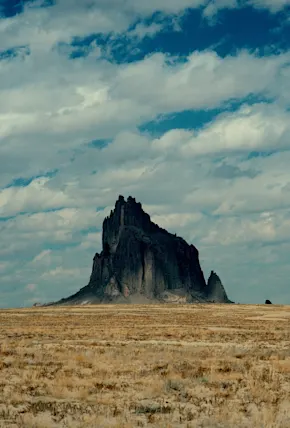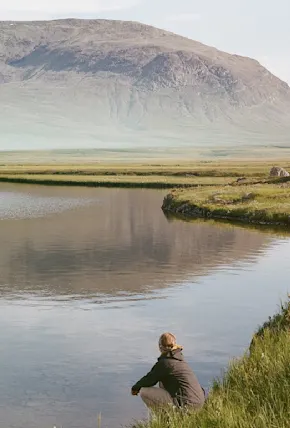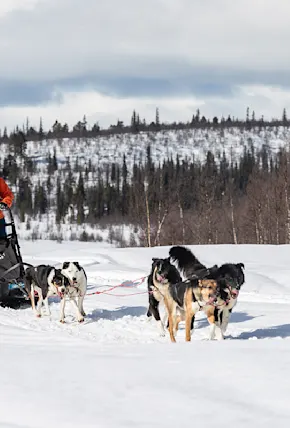Tatshenshini River Rafting Packing List
Some of the gear I used during the trip was provided by the Nahanni River Adventures team, but a lot of it was mine. If you decide to go on the trip, here's what I'd make sure to have handy.
Dry Bag: At the bare minimum, a dry bag must keep everything inside it dry. Sounds obvious, but you’d be surprised. Not only does the Sea to Summit Big River Dry Bag do this perfectly, it attaches quickly and securely to any strap. Looks sharp too.
Personal floatation device: I wore the Mountain Equipment Company Folcrum PFD during the trip, which I loved for its comfort and affordability. The Canadian company’s vest offers a custom fit for female paddlers, has reflective piping and a front zip pocket. That made it extremely easy to whip out my phone for quick photos.
Rain jacket: You can certainly get away with a rain jacket like the Patagonia Torrentshell on a trip like this, but a more kayak specific jacket is also nice to have. I used the NRS Riptide Splash Jacket. It has waterproof cuffs, which meant that no matter how rough the river get, water never made its way into my coat.
Rain pants: Lightweight rain pants are essential, since splash from the river is inevitable. The Finisterre Rainbirds are my personal favorite, thanks to the balance of protection, breathability, and comfort they offer.
Headwear: I always pack an ultralight stuffable cap like the Buff Pack Light Cap that I can shove into the depth of my dry bag when I don’t need it and bounce right back into shape when I take it out. I would also suggest packing a warm toque to wear for evenings and cooler mornings.
Satellite communication: 11 days is a long time! To stay in touch with loved ones where cell service is spotty, I carry a Garmin Inreach Messenger Plus. I’ve done this since before I became a Garmin ambassador this year, because of its reliable GPS and SOS satellite signal. Even in deep backcountry, it works!
Gloves: Essential for comfort and protection from the cold. The Outdoor Research Deviator Gloves tick three key boxes: insulation without bulk, plus breathability and flexibility.
Midlayer: I bring the Arc’reryx Atom jacket along on almost all my adventures. It’s lightweight, warm, comfy and breathable. It doesn’t hurt that it comes in gorgeous colours.
Baselayer: I’m a big fan of the baselayers from the Icebreaker Merino 200 collection. They’re not too thick, not too thin. But most importantly, they’re not itchy.
Sunglasses: Good polarized sunglasses are very important for dealing with glare from the river. I wear the Smith Westward, but any model you like will do.
Tent: The Nahanni River Adventures team provided each of us a Mountain Hardwear Trango 3 tent to use during the trip. It was super easy to set up and very comfortable to sleep in.
Footwear: On warm days when I knew I’d be jumping in and out of the raft, I wore the Keen Hyperport H2 Sandal. Also brought some comfortable Danner Mountain 600 hiking boots for the off-raft days and a pair of Xtra Tuf 15-inch Legacy Boots for colder mornings where I needed something more waterproof.
















